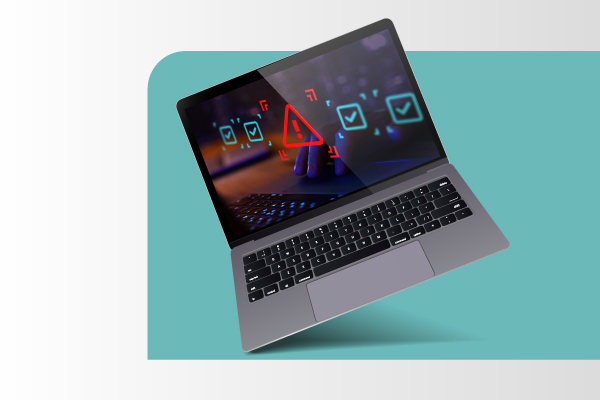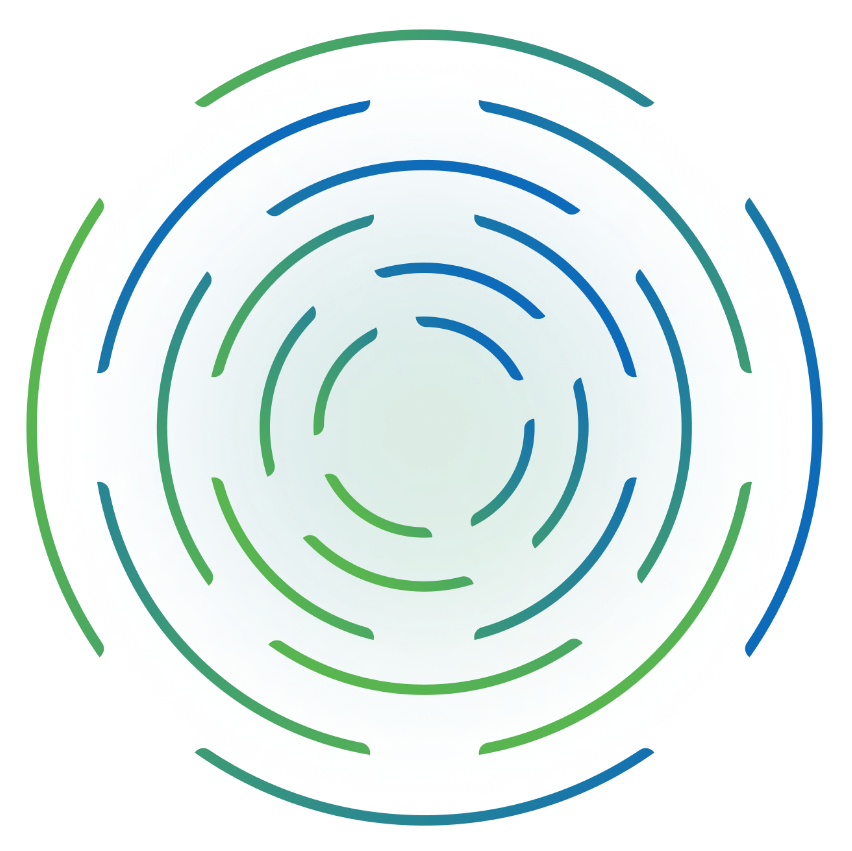The multi-cloud world offers enormous benefits for your business—and significant challenges for IT monitoring and management. While multi-cloud deployments deliver real cost savings and agility, they also introduce complexity and come with hidden costs and impacts on business services that, when not controlled, can mitigate gains in efficiency and cost savings.
ScienceLogic can help. Our AI Platform offers multi-cloud monitoring capabilities that consolidate tools and deliver full-service visibility, faster root cause analysis, and automated workflows for ticketing, routing, troubleshooting, and repair.
The challenge of legacy tools for multi-cloud monitoring
The vast majority of enterprises today are adopting and using solutions from multiple cloud service providers. This diverse ecosystem comprises a range of cloud services and models, including infrastructure as a service (IaaS), platform as a service (PaaS), and software as a service (SaaS) solutions.
For ITOps teams tasked with monitoring performance, applications, databases, and other infrastructure, the challenge is that cloud deployments frequently limit visibility. This prevents IT teams from knowing whether resources are working optimally and properly interacting with other applications and services.
This scenario is complicated by outdated tools and operational processes, where teams are stuck relying on a vast number of loosely integrated product suites or disparate monitoring tools from different vendors. Many of these solutions offer narrow visibility into specific technologies or domains like cloud instances, network equipment, or storage systems. Consequently, teams lack unified, contextualized visibility of the multi-cloud ecosystems their organizations rely on.
To enhance multi-cloud monitoring as well as hybrid cloud monitoring, IT teams often amass dozens of solutions as they struggle to visualize environments, track performance, and resolve issues. This tool sprawl inevitably results in visibility gaps and greater complexity, which in turn leads to inconsistent workflows, greater administrative overhead, cumbersome integrations, and inefficient reporting.
To reap the benefits of multi-cloud solutions, you need a multi-cloud monitoring solution that can deliver visibility into your entire cloud estate while simplifying the toolset your IT teams rely on. That’s where ScienceLogic can help.
ScienceLogic: a single platform for multi-cloud monitoring
The ScienceLogic AI Platform solves the challenge of multi-cloud monitoring with a unified approach that eliminates tool sprawl and establishes a secure foundation for intelligent, automated operations.
SL1, part of the ScienceLogic AI Platform, gathers data across multiple environments to establish a real-time operational data lake. Analyzing and acting on this information at cloud scale, SL1 cloud infrastructure monitoring sets the stage for fundamental IT and business transformation to facilitate breakthrough agility, speed, and growth.
SL1’s modern, scalable microservices-based architecture supports the transaction-intensive, high-volume environments of the most demanding enterprises and service providers. SL1 enables comprehensive multi-cloud monitoring for most of the leading public cloud technologies, offering some of the broadest coverage in the industry. The platform covers also multiple virtualization solutions, storage arrays, videoconferencing, unified communications, and wireless platforms.
With SL1 multi-cloud and hybrid cloud monitoring software, you can:
- Monitor across AWS, Google, Azure, IBM Cloud, VMware, Kubernetes, and more.
- Use APIs, agentless, and agent-based techniques to automatically collect data across multiple clouds.
- Create a real-time operational data lake by integrating and fusing data across modern multi-cloud environments.
The benefits of multi-cloud monitoring with ScienceLogic
By leveraging the comprehensive multi-cloud monitoring tools on the ScienceLogic AI Platform, organizations and their IT teams can:
- Avoid service outages by assessing service impact. SL1 lets you shift from device-centric to service-centric monitoring to proactively avoid service-impacting outages. Automatically map and track dependencies across infrastructure, apps, and services to understand the business impact of performance issues. Monitor service health, availability, and risk in real time on one dashboard. Drill down quickly to root cause to prioritize work and remediation efforts.
- Isolate root cause faster. As multi-cloud complexity outpaces the ability of IT teams to analyze and respond to issues, SL1 lets you leverage machine learning-based behavioral correlation to accelerate root-cause analysis. Automatically detect strange and anomalous patterns and shapes of performance data. Reduce noise and identify service-impacting issues by automatically correlating events and anomalies. Quickly assess and isolate root cause to accelerate mean time to repair (MTTR).
- Accelerate troubleshooting and repair. SL1 automatically performs hundreds of best practice automated actions to fix issues faster. Capture real-time diagnostic data as events occur and run recommended triage and remediation actions from a single command center.
- Automate operational data workflows. SL1 supports a common operating model that automates workflows for greater efficiency and agility. Improve CMDB accuracy with real-time sync of monitored environments. Automate ticketing, CI lifecycle, configuration, change, problem, compliance management, and more.
- Extend services ability with custom integrations. SL1 offers build-your-own integrations for people, systems, and processes, enabling you to extend monitoring, synchronization, and automation across new and specialized systems.
Why choose ScienceLogic?
ScienceLogic leverages artificial intelligence (AI) and machine learning (ML) to empower intelligent and automated IT operations. To reduce the complexity of managing modern IT environments, ScienceLogic consolidates AIOps, observability, network management, and IT automation software on a single platform.
Using patented discovery techniques, ScienceLogic discovers everything within an IT environment, contextualizes data through relationship mapping, and acts on insights through integration and automation. Observability solutions help to automate root cause analysis and resolve issues faster, while network automation software centralizes and secures backup and recovery of network and security devices.
With ScienceLogic, ITOps teams can manage highly distributed and complex environments at speed, at scale, and in real time.
Multi-Cloud Monitoring FAQs
What is multi-cloud monitoring?
Multi-cloud monitoring is the task of tracking and managing the performance, health, and security of resources and services across multiple cloud environments.
What is cloud infrastructure monitoring vs. cloud network monitoring?
Cloud infrastructure monitoring measures performance, health, and availability of components within the cloud environment, including virtual machines (VM), databases, storage, containers, and applications. Cloud network monitoring focuses specifically on the health of network components and communication within the cloud environment. This involves tracking and reporting on network traffic, latency, throughput, packet loss, and the health of devices and services.








